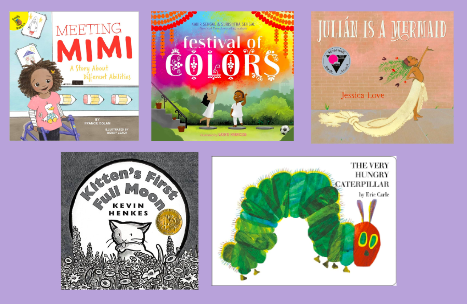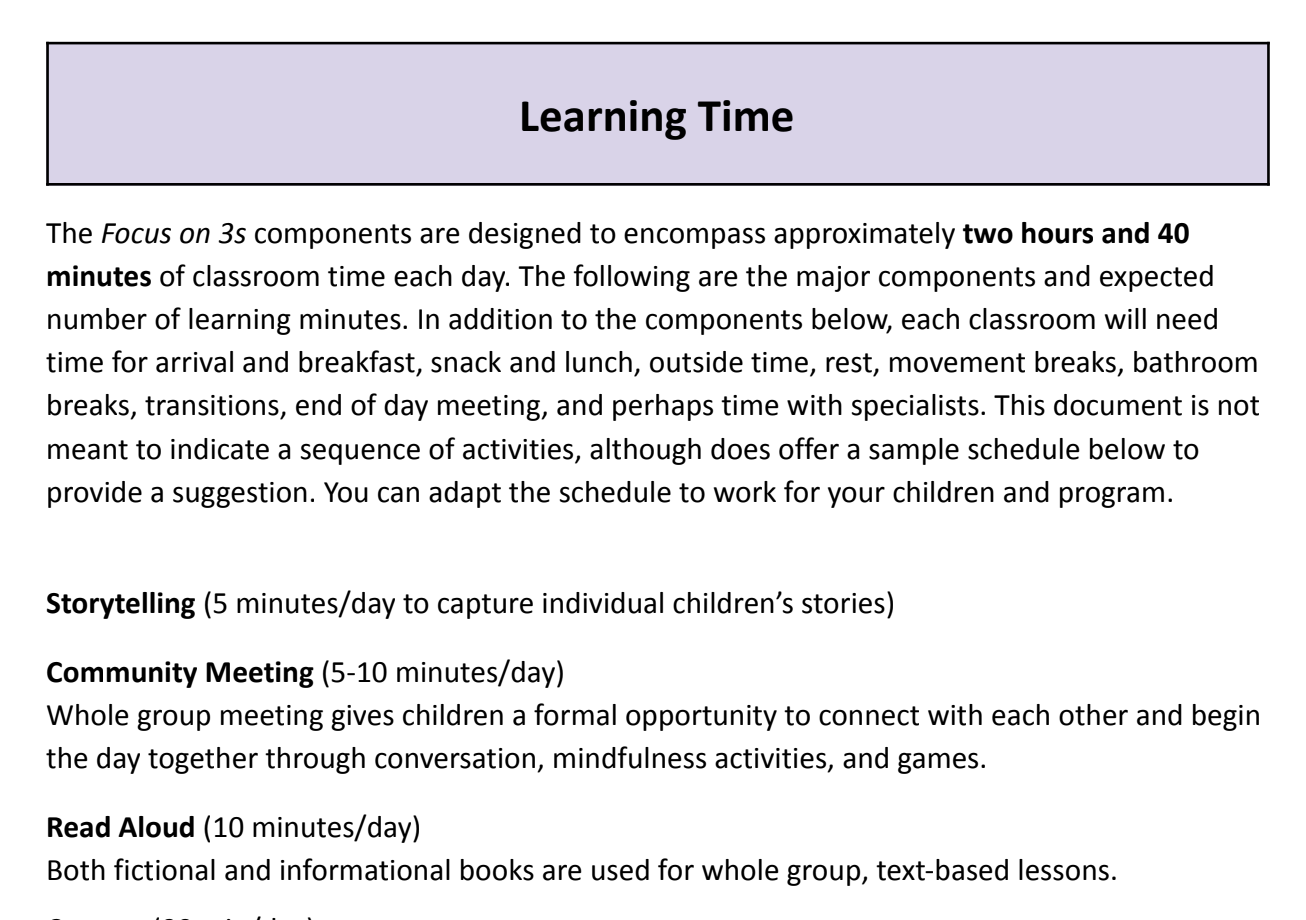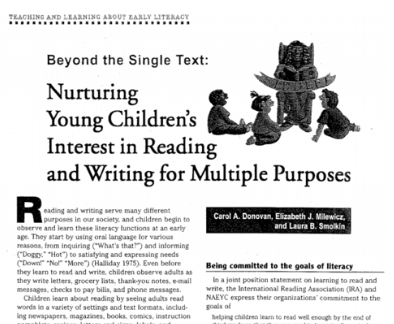Focus on 3s
Three-year-old children are curious, active, and eager investigators of the world around them. They are developing a fundamental understanding of their identities, asserting their independence, and seeking connection with others. Focus on 3s is a developmentally appropriate curriculum that provides both teachers and children with playful, engaging, and joyful learning experiences. Thanks to Neighborhood Villages and STRIVE (Supportive Trauma Interventions for Educators) for their collaboration in designing the Focus on 3s curriculum.
Resources
Unit 1: Family and Friends
Unit 1, Family and Friends, focuses on topics familiar to young children. This unit supports children with a wide range of experiences to think broadly, flexibly, and sensitively about the concept of “family” as they begin to form friendships with peers in their class. Children learn that families and friends can be alike in some ways and different in others; that families and friends can work together to care for each other, talk about feelings, solve problems, and resolve conflicts; and that a community is a group of people who live, work, or do things together.
Unit 2: The World of Color
In Unit 2, The World of Color, children explore the world of color and the colors in their world. They learn about functionality of color: color communicates information & ideas and is an identifying feature in art and nature. Children explore color mixing, engage in conversations about skin tone and the role that melanin plays in giving each of us our unique hue, and investigate colors in their neighborhood.
Unit 3: Wind and Water
In Unit 3, Wind and Water, children explore the properties of wind and water and consider how essential water is for living things. Children experiment with moving water and blowing objects, and notice and record the wind and weather outdoors. Across the six weeks of the unit children create a class Wind and Water Book after reading informational texts about the water cycle, sustainable energy, and ways that wind and water are used for recreation and transportation.
Unit 4: Light and Darkness
In Unit 4, Light and Darkness, children learn about how light affects people and animals, and how different activities happen during daytime and nighttime. They investigate natural and artificial light sources, experiment with casting shadows, and think about how people use light for different purposes and how light and darkness make people feel. At the end of the unit children perform a shadow show, using their bodies and props to cast shadows on a wall and act out stories. Families may be invited to participate, and children can create invitations, tickets or signs to let others know about the performance.
Unit 5: Growing and Changing
In Unit 5, Growing and Changing, children learn about humans, plants, and animals as living things that grow and change. They plant seeds, learn about the butterfly life cycle, and raise butterflies after reading The Very Hungry Caterpillar and Flower Garden, as well as pretend to build window boxes, create paper flowers, and open a pretend flower shop. In the second half of the unit children explore how humans grow and change through reflecting on how they have grown and changed over the course of the school year. They tell Growth Stories, create new self portraits, and create Happiness Stories and Happiness Paintings about experiences across the year that have sparked joy.








